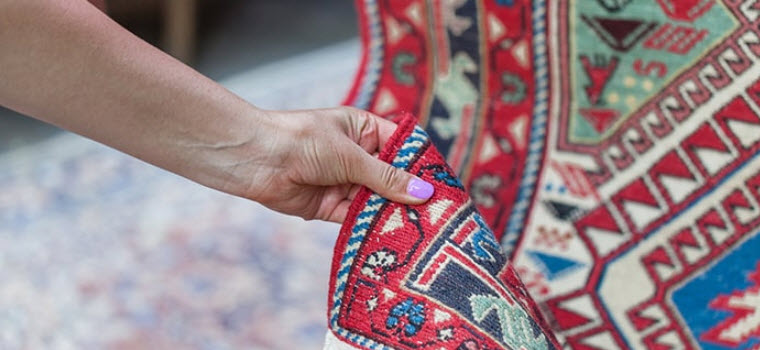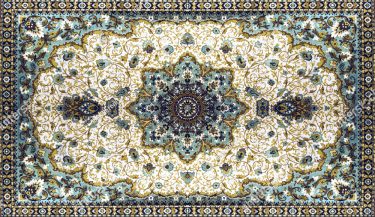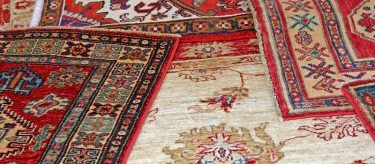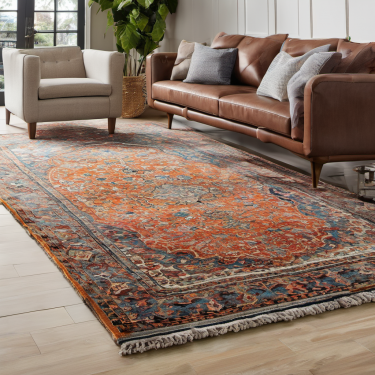How to Remove Pet Stains from Your Rug
Home » Green Carpet Blog » Oriental Rug Care » 3 Ways to Tell If a Rug Is Handmade or Machine Made


Advances in technology have made human life much easier and longer. Imagine washing all of your clothes by hand, walking miles to work or the market, or knowing how to hand produce the many items you use in your daily life. Unfortunately, there is a downside to technology, and that is that many things that once required specialized artisans and skill are now the work of machines. Rugs are one example of this, and yet, you can still find many people handmaking rugs or selling beautiful examples of old and antique rugs made by hand many years in the past.
Yet, how can you be sure about a handmade rug? How can you be certain it is not the end result of a machine’s work? We offer you three simple tricks to use in order to figure it out.
The Flip Side
Any handmade rug is imperfect. Flip one over and you can see the sharply defined knots that tell you it is a hand-knotted rug, and you will see that knots are not always precise or evenly sized. Naturally, hand-woven rugs will differ in this way since they do not have knots but are instead known as “flat weaves”. Still, these rugs may have a distinct level of imperfection because of the different thicknesses of the wool and the results that appear when a human hand is running a shuttle through a loom.
Machines produce perfectly uniform results that even the most skilled human hands cannot duplicate.
Additionally, you can often gauge whether a machine has been at work by feeling the texture of the foundation. A handmade rug uses a loom and is pre-strung with warp threads (and if it is hand-knotted with weft threads, too). The threads will be wool, silk or cotton and should never feel exceedingly rigid. There should be no coating or backing of any kind, either. The weaving is durable enough to last for centuries without further protection, but a machine-made rug often has a backing or even a latex coating.
The Ends and Edges
The warp threads of the loom are what form the fringes of handmade rugs. If your rug has a fringe that has been clearly sewn in place, it is machine-made. The same goes for the edges. You can see evidence that the machine made rug’s edges have been sewn on with the use of a heavy-duty machine. When it is handmade, though, the edges are actually “overcast” by the weaver.
Consider Where it Was Made
Not all rugs will provide you with information about its place of origin, but if you do get information about the country where it came from, it can help you make the determination. For example, rugs from Iran (Persia), Turkey, Afghanistan, Pakistan, Turkmenistan, Tibet, and some north African countries like Morocco are all still using handmade methods for their rugs and are noted, as experts indicate, as some of the most commonly mentioned styles and sources.
Using these criteria, you should be able to begin distinguishing machine-made rugs from handmade gems!


Categories
Carpets
Oriental Rug



